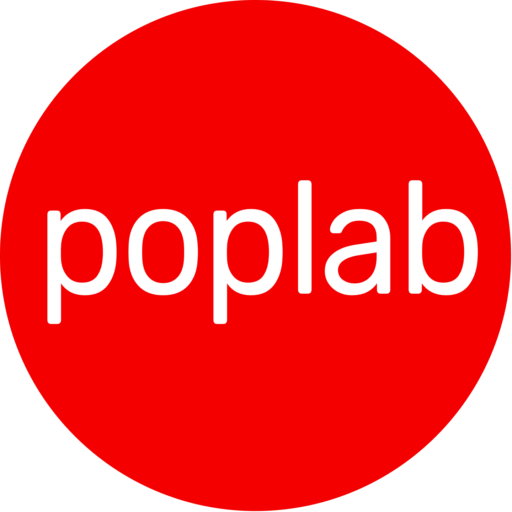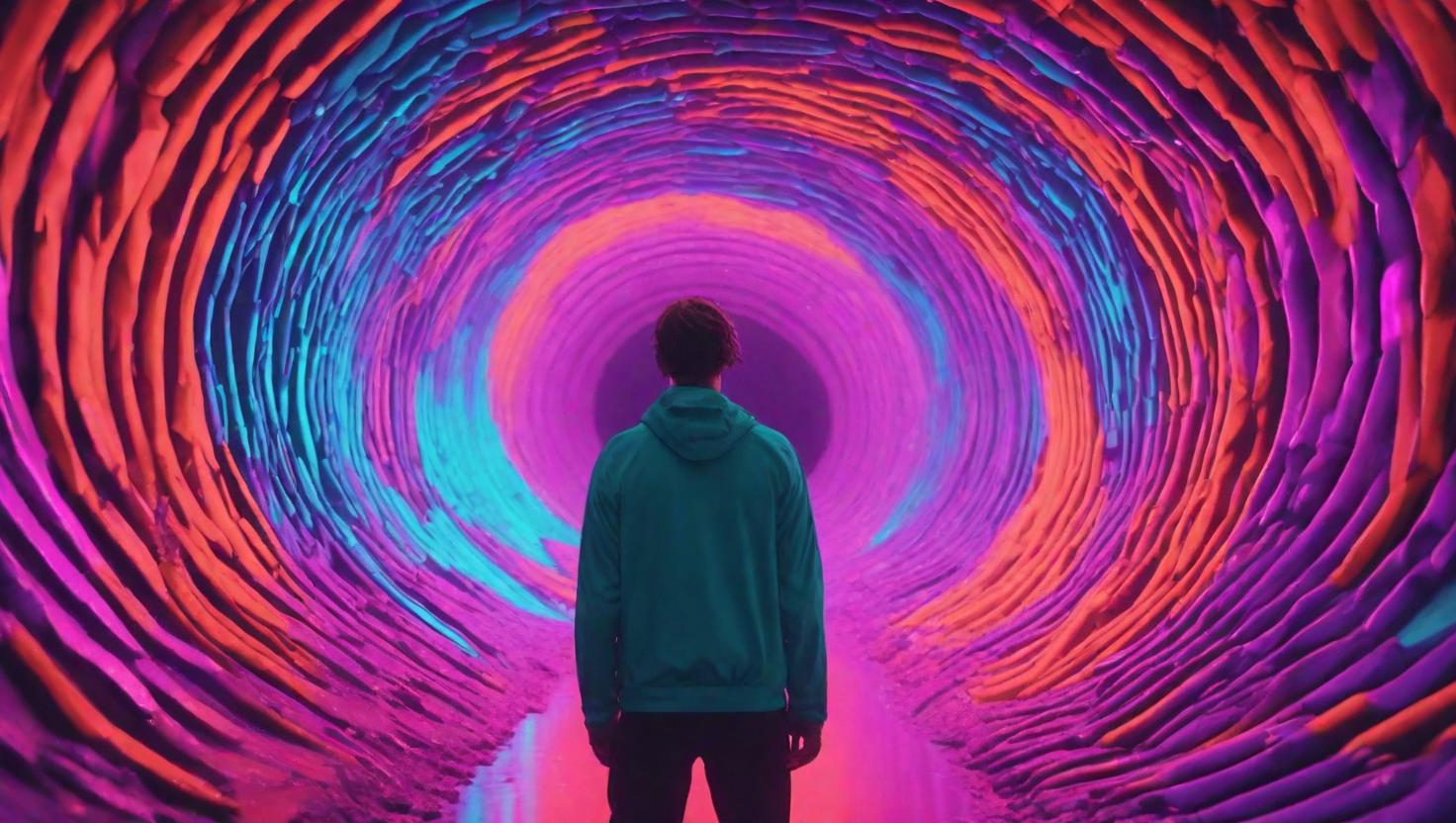Embracing the Disruptive Waves of Generative AI
The world of artificial intelligence (AI) is undergoing a transformation akin to the early days of digital music sharing – a period I like to refer to as the “Napster Phase of AI.” This era symbolizes a pivotal shift in how AI is perceived and utilized, particularly in creative fields. As we navigate this new frontier, it’s crucial to understand the implications and possibilities that this phase presents.
The Napster Era: A Metaphor for Today’s AI Landscape
Napster, back in its heyday, revolutionized how people accessed and shared music. It was a disruptive force that challenged the traditional music industry, democratizing access to a vast library of music. Similarly, today’s AI landscape is experiencing a disruptive wave, as generative AI tools become increasingly accessible to the masses.
Generative AI: The New Tool for Creatives
Generative AI refers to algorithms that can create content – be it text, images, or music – that is often indistinguishable from human-made works. This technology is rapidly evolving, offering tools that are not only powerful but also increasingly user-friendly. Just as Napster made it easier to find and enjoy music, generative AI is simplifying the process of content creation.
The Challenges and Opportunities
- Democratization of Creativity: Like Napster democratized music, AI is democratizing creative expression. This opens up opportunities for people who may not have had access to traditional creative tools and education.
- Redefining Creativity: The rise of AI in creative fields challenges our understanding of creativity and originality. What does it mean to be creative when a machine can produce art, write stories, or compose music?
- Ethical and Legal Considerations: Just as Napster faced legal challenges, the use of AI in creative endeavors raises questions about copyright, ownership, and the ethical implications of AI-generated content.
- The Changing Role of Creatives: As AI tools become more prevalent, the role of human creatives will evolve. Creatives will need to adapt, learning to collaborate with AI, much like DJs or music producers adapted in the post-Napster music industry.
Learning from the Napster Legacy
The Napster phase taught us that resistance to new technology is often futile; adaptation and evolution are key. For creatives, this means embracing AI as a tool that can enhance their work, not replace it. It’s about finding a synergy between human creativity and machine efficiency.
Preparing for the Future
- Embracing Lifelong Learning: Staying relevant in this rapidly evolving field requires a commitment to continuous learning and adaptation.
- Collaboration Between Man and Machine: The future lies in the collaborative potential between human creativity and AI’s capabilities.
- Ethical and Responsible Use of AI: As we embrace AI, it’s crucial to consider the ethical implications and strive for responsible use.
Conclusion: A New Creative Renaissance
The Napster phase of AI is not just a challenge; it’s an opportunity for a new creative renaissance. As AI becomes more integrated into our creative processes, it pushes us to redefine creativity, explore new horizons, and embrace the boundless possibilities that this synergy of man and machine offers. The future is here, and it’s ours to shape with the tools of tomorrow.


Leave a Reply